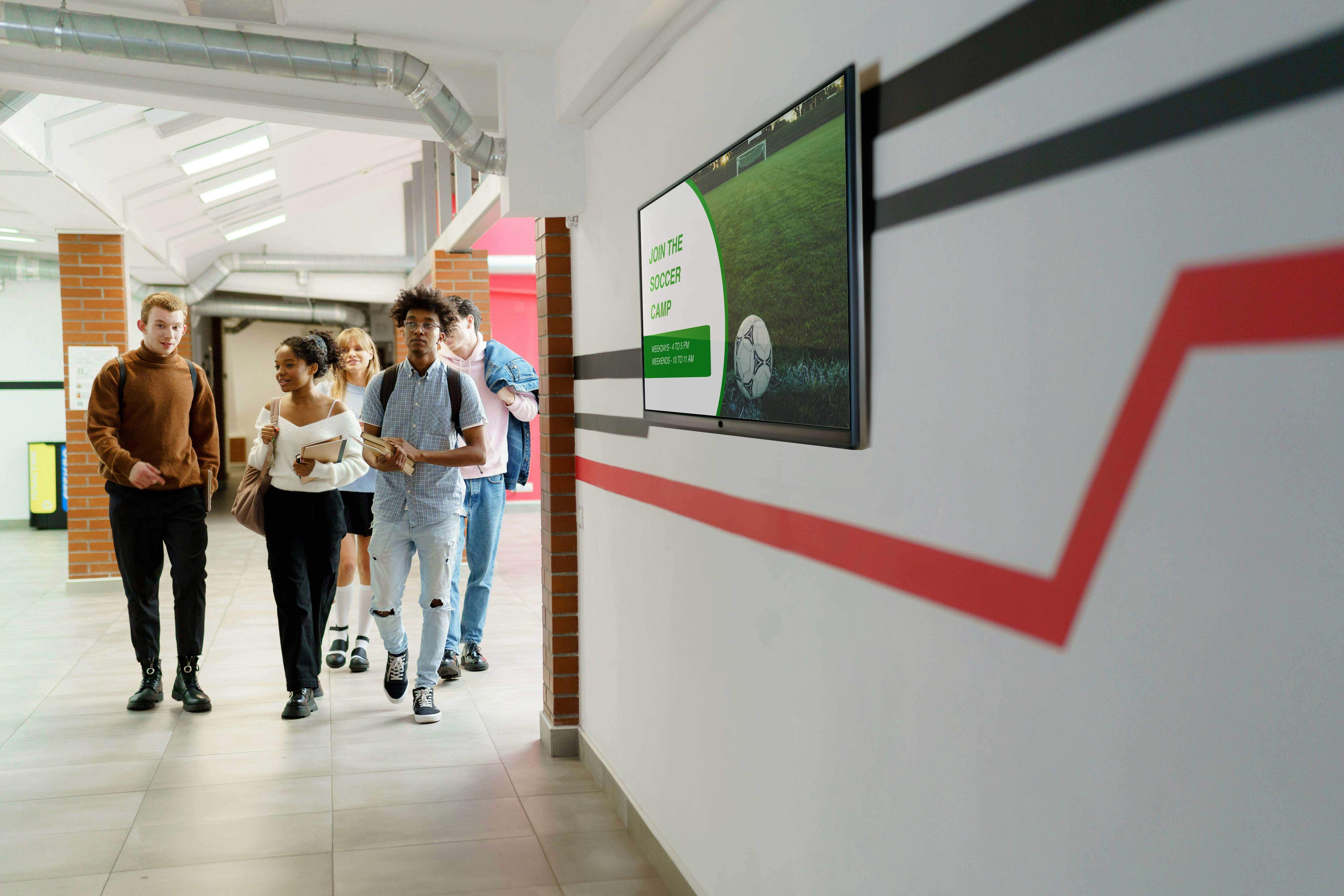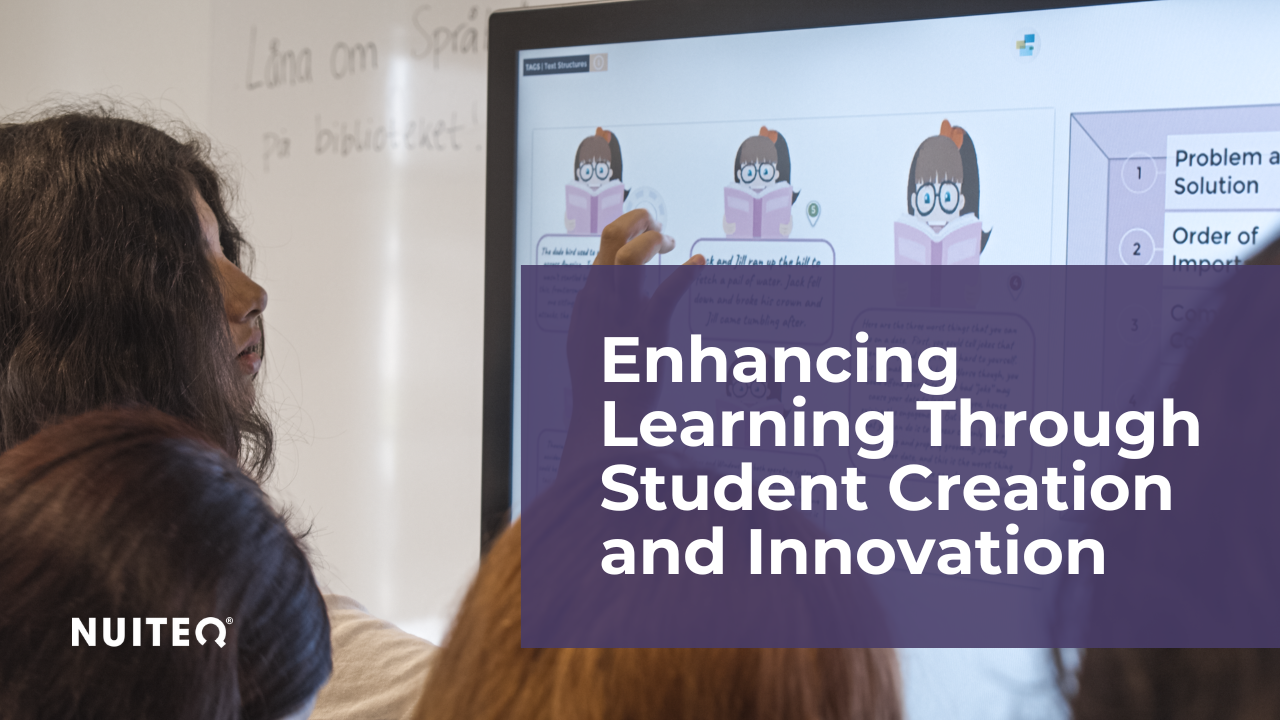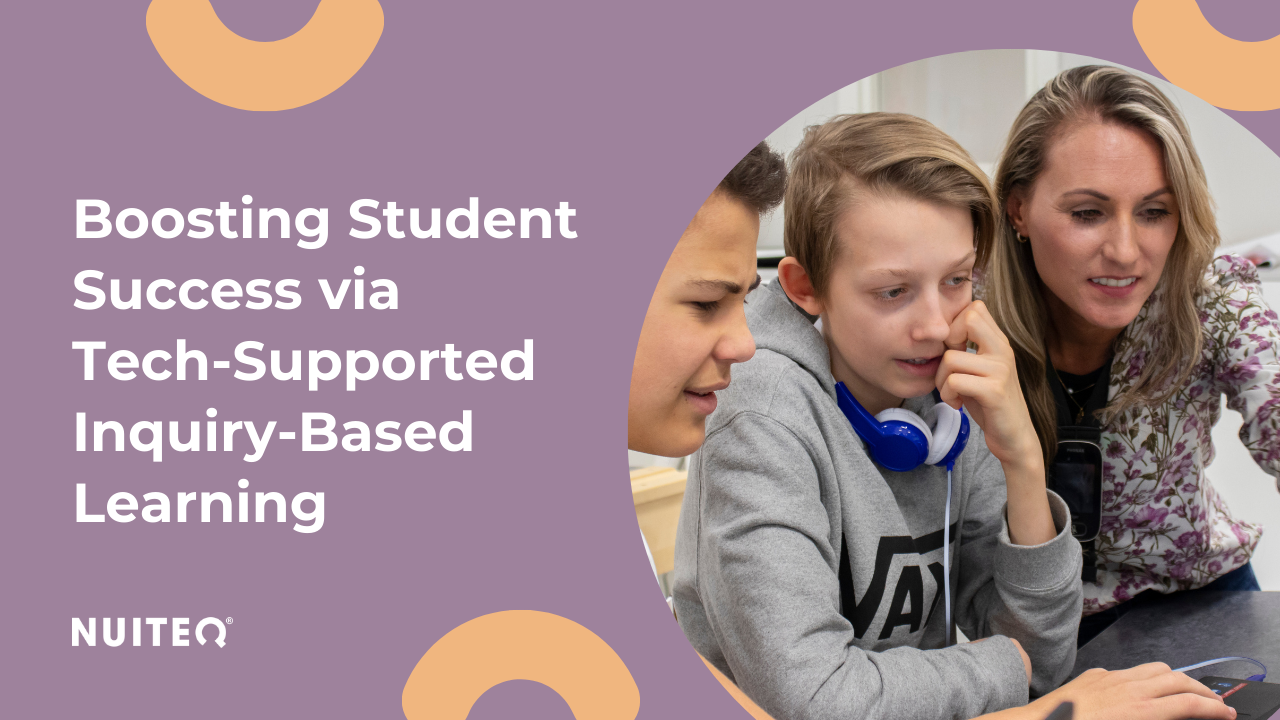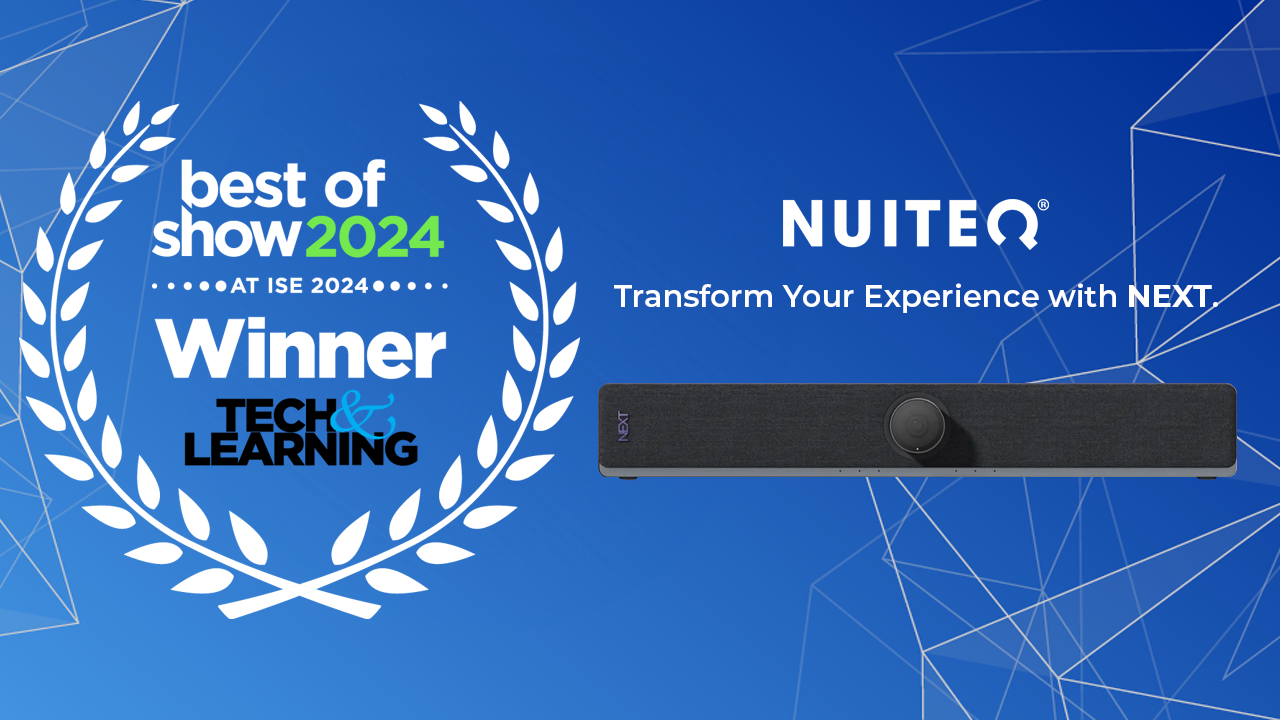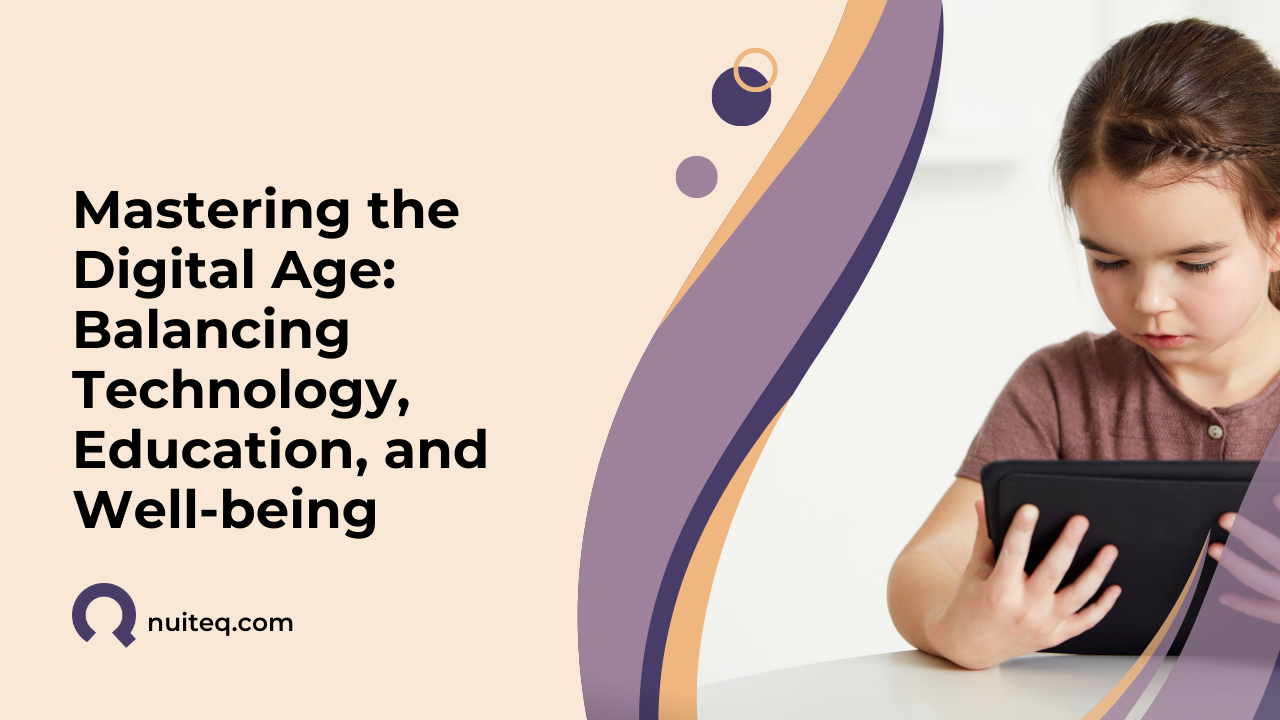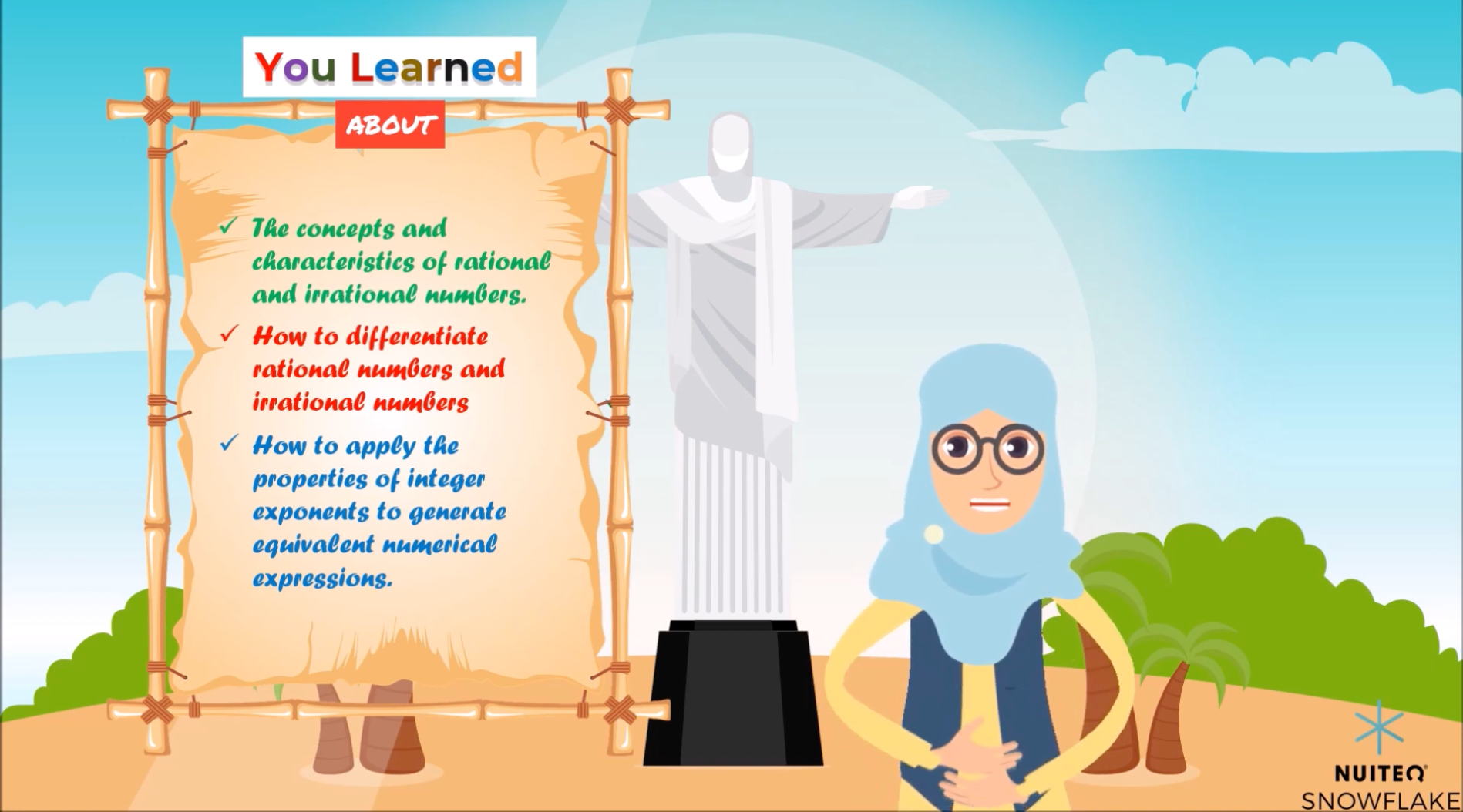All humans have needs; most of us are physically able to live our lives in a world that allows us to take all essential steps to satisfy those needs. That is, however, not true for everyone. This same world looks very different to people with special needs, who must constantly negotiate substantial obstacles in order to not only get ahead, but even just keep up with their peers.
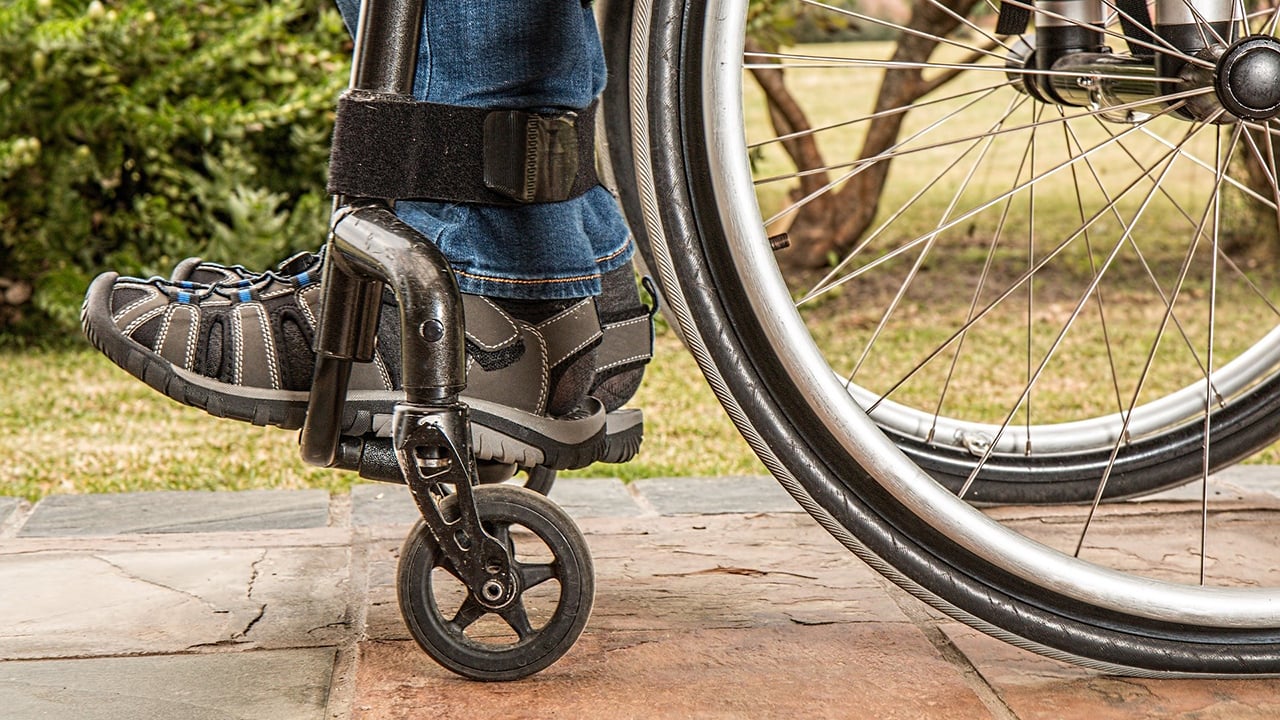
Image by Steve Buissinne from Pixabay.
The term “Disabled” is a controversial one. Although it can be a relief for some students and their families to identify the reason for the difficulties they are experiencing and an important first step in getting the help they need, the term has often had negative connotations; it is grounded in outdated and often dehumanizing traits people have attributed to children and adults who deviate from the norm. The term is meant to describe the wide range of temporary or chronic issues a person might have that makes it necessary for them to have assistance in order to meet their needs. Some people prefer to refer to themselves as “Person with disabilities”, yet others as “Person with special needs.” Another term is “Person with exceptional needs".
It is impossible to find a term that is accepted by all and doesn’t stigmatize or patronize; in general, it is important to respect each person’s wishes about how they want to be referred to. For the purposes of this blog I will use the term “Students with special needs”, only because it is the term most widely used in education today - while all the time being aware that many do not identify with that term.
Special needs generally fall into one or more of these categories:
- Cognitive
- Behavioral
- Physical
- Socio-emotional
- Communicative
Examples of special needs include visual, speech or hearing impairments, orthopedic impairments, ADHD, autism, Down syndrome, severe anxiety and more.
Educators have always needed to adjust the way they teach according to the student body composition in the classroom. Students learn at different speeds and in different ways; limited time to plan lessons and to assist each student in combination with an ever increasing workload make this a challenge. Making knowledge accessible for students who can currently not access it on an equal basis as their peers may therefore seem overwhelming.
One way education authorities around the world deal with this issue is by placing these students in schools or classrooms that provide special needs instruction. Educators employed by these schools have often specialized in teaching students with special needs. Classes in these schools are often smaller, which gives educators greater freedom to make adjustments. These adjustments make it possible for these students to overcome at least some of the barriers that living in an otherwise inaccessible world entail. Many of these adjustments are made through the use of assistive technology.

Image by StockSnap from Pixabay.
Recent years have seen an increase in the use of assistive technology. The reason for this might be that assistive technology in the classroom has not only been progressing in leaps and bounds but also because it is becoming more widely - and in some cases inexpensively - available. Many assistive tools are already included by default in phones, tablets, computers. This technology works toward leveling the playing field by providing more opportunities to access knowledge (albeit in a different way). Lacking the means to access knowledge in a way that works for each individual and their needs is often a big obstacle. For example, if all available educational material is in the form of traditional, analog books or ebooks, then students with visual impairments do not get an opportunity to access the knowledge in their pages, which puts them at a tremendous disadvantage compared to their peers. However, if assistive technology - such as screen readers - is provided to those students, then they are given the same opportunity to learn as their non-visually impaired peers.
Assistive technology offers many significant benefits for students’ learning and their life in general. Many students feel that they are more in control of their learning, which gives them greater confidence and independence. Technology such as visual timers can help students organize their time and meet deadlines more efficiently. It gives students more ways and opportunities to express themselves and make their thoughts and wishes known. Communication in general is facilitated, which in turn can lead to a greater absorption of educational material. Students whose motor skills are limited may find using touch screens such as on tablets and phones or speech-to-text technology much easier than using the traditional pen and paper. Students with speech and mobility difficulties can use eye gaze tools to communicate. Students who cannot be physically present in the classroom due to illness or mental health issues can still attend lessons - and even socialize with their classmates - through the use of telepresence robots. They can even receive their homework and practice no matter where they are, at a time and pace that suits them.
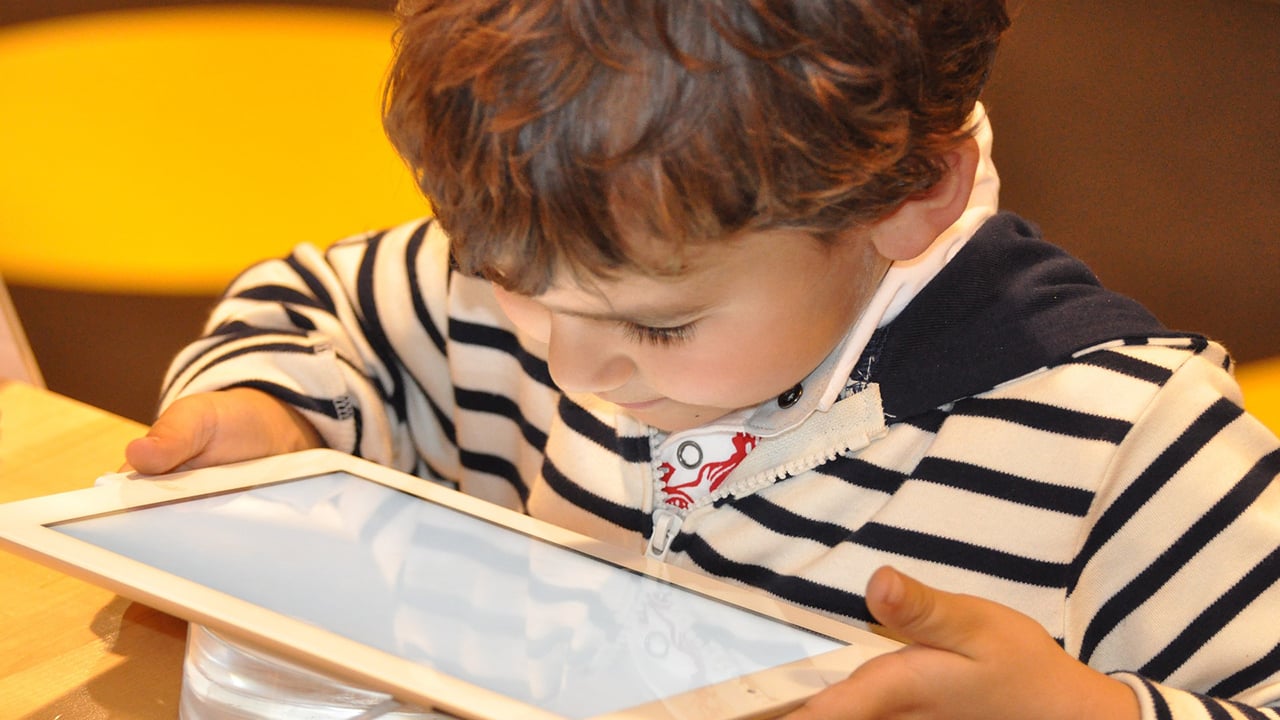
Image by Nadine Doerlé from Pixabay.
One important aspect of assistive technology that should be highlighted is the possibilities it provides for personalizing learning. Personalized learning is widely regarded as the Holy Grail of education. Personalized learning can mean different things but what they all have in common is that each student gets a bespoke version of the educational material based on their individual needs. An example of this is scaffolding activities and extensions. In the case of students with special needs, personalized learning could also mean that teachers incorporate visual or hearing aids to the same educational activity, such as image or sound files to supplement or replace text. It can mean adapting the educational content according to identified specific areas of development in each student.
Want a tool to help you with personalized learning? Try NUITEQ Snowflake for free for 60 days!
The right to an education is fundamental; it means that, no matter who a student is, where they live or what their circumstances are, they must be given the opportunity to learn and grow to their fullest potential. Assistive technology can be an important contributor to this process through making education accessible to all - and this accessibility is a prerequisite for fighting the discrimination students with special needs face.
In NUITEQ’s Snowflake software we have included aids such as a color overlay to make reading easier for students with dyslexia. Teachers can also create activities for students using the Dyslexic font, which is one of the fonts that are pre-installed in Snowflake and which helps students with dyslexia read the text on the screen. To minimize the amount of stimuli on the screen we have included a Spotlight function that darkens everything on the display except a part of it, which teachers can make bigger or smaller as they prefer. Educators can also provide multiple means of representation of the educational material by adding video, sound and images in lieu of or in addition to text.

 3-in-1 Mic
3-in-1 Mic

